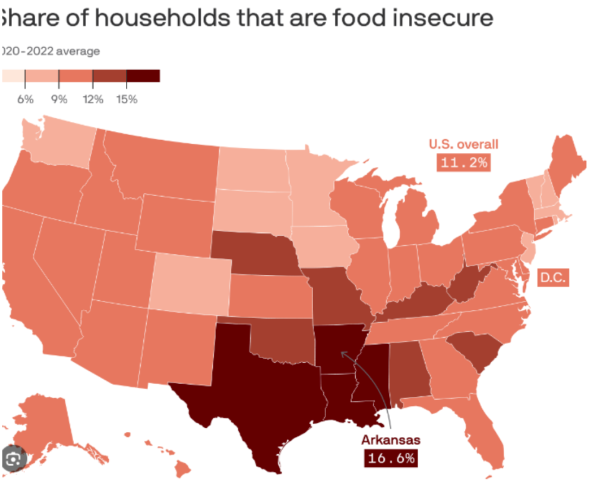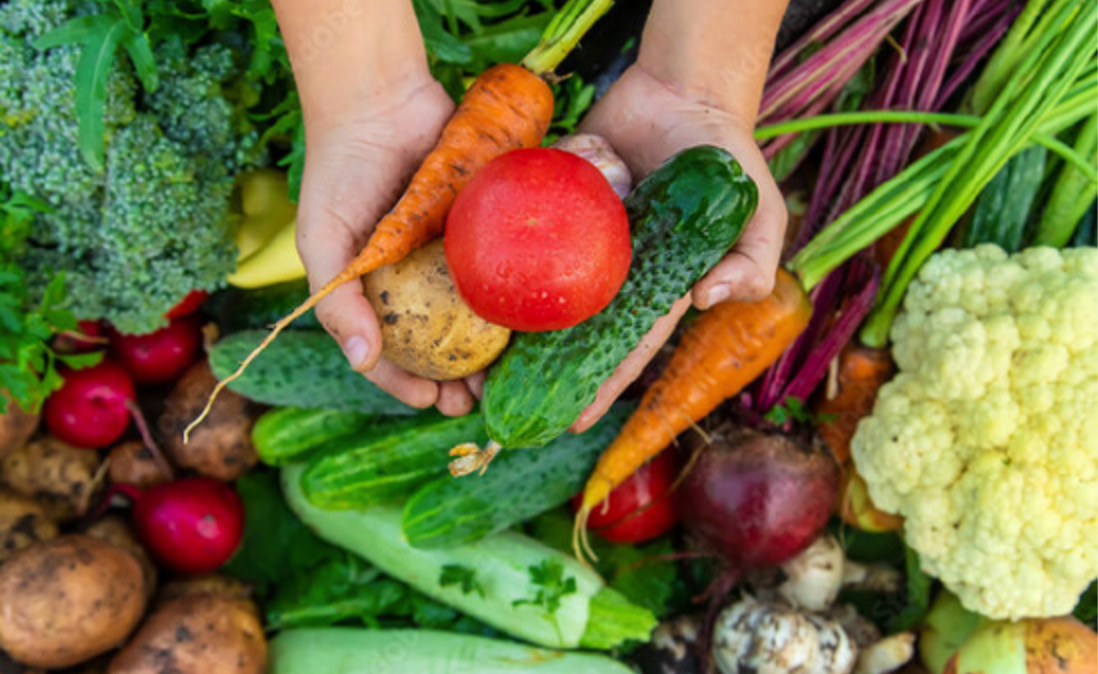As a student at Keystone, I am consistently grateful for the opportunity to learn at such a beautiful campus. From my Spanish II Classroom, I can look out the window and view the iconic Tower of America and the vibrant heart of downtown San Antonio. As the second largest city in Texas, San Antonio is a rapidly growing city. According to the University of Texas at San Antonio, “San Antonio is seventh largest in the nation. Its metro area is twice the size of Chicago and it has a population of 1.4m—that’s more than the entire state of New Mexico!” With the city expanding at a steady rate of 2% each year, it’s critical to stay mindful of the impact that development has on our community and environment. As november marks the start of the American Diabetes Month®, it’s important to be aware of its influence in San Antonio
The city’s diabetes rate is significantly higher than the national average, with some estimates suggesting that nearly 50% of individuals over 40 have diabetes. San Antonio also has one of the highest rates of diabetic amputations in the U.S.. Additionally, over 95% of the people in San Antonio eat less than the recommended five servings of fruit and vegetables daily. This factor contributes to the one in six San Antonians with type 2 diabetes. A study by Harvard T.H. Chan School of Public Health has reported that a diet low in fruits and vegetables is associated with a 20-30% increased risk of developing type 2 diabetes. The high fiber content of fruits and vegetables helps improve insulin sensitivity and blood sugar control, which are essential for reducing diabetes risk. The link with a poor diet and diabetes is becoming an important issue in San Antonio. According to the city of San Antonio home page, “highest rates of diabetes hospitalizations occur in zip codes in San Antonio with the highest levels of poverty.” This correlation is tied to the lack of a proper diet in marginalized communities.

Figure 1: Above is a national graph of the percentage of households that are food insecure. We can see that Texas is significantly above the national average and is in a similar range as Arkansas
This trend is not just seen in San Antonio, but also on a national level. Many low-income communities struggle with food insecurity. This makes it difficult for residents to access nutritious foods like fruits, vegetables, and whole grains. This leads to diets that are high in unhealthy fats, sugars, and processed foods, which can worsen diabetes control and increase risk factors like obesity and high blood pressure in these areas. According to the National Institute on Minority Health and Health Disparities, “Food insecurity and the lack of access to affordable nutritious food [is] associated with [an] increased risk for multiple chronic health conditions such as diabetes.” Moreover, The American Diabetes Association stated individuals in food-insecure households often experience challenges in managing their condition due to poor-quality diet. This becomes a systemic issue that causes people in poverty to end up struggling because of lack of access to adequate health care.
Despite the grim situation, the City of San Antonio is proactively working to address the diabetes crisis across San Antonio. Through initiatives like ¡Viva Health! which is a “nutrition education designed for San Antonio, offered by the Metro Health Community Nutrition Program. [Their] goal is to simplify and unify nutrition education with an emphasis on San Antonio’s culture, lifestyle, and needs. When you eat well — you feel great!” They host free one hour sessions called “¡Viva Health! Pláticas” that focus on adaptable ways to incorporate more than half of one’s diet with fruits and vegetables in a daily meal. They focus on a way to meet the cultural and lifestyle needs of the city. One of their main missions is to encourage “mindful food choices and increased physical activity [as well as]…prevent, delay, and manage many chronic diseases, including Diabetes.” The City of San Antonio also has other education programs to manage and assist patients with diabetes or to prevent it from occurring such as the Diabetes Prevention & Control, Healthy Neighborhoods, Mayor’s FItness Council and ¡Por Vida! in San Antonio.
While there is still a long way to go, these efforts show that change is possible. Through continued education and community support, San Antonio can reduce the growing impact of diabetes. With targeted action and better access to healthy foods, we can start to turn things around for a better future with healthy, happy lives.
Works Cited
Community Health & Safety – City of San Antonio, www.sa.gov/Directory/Departments/SAMHD/About/Divisions/Community-Health-Safety. Accessed 12 Nov. 2024.
“Explore the City of San Antonio, TX.” UTSA Admissions, UTSA, 21 Aug. 2024, future.utsa.edu/explore/sanantonio/.
“Por Vida: A Better Choice for Life.” ¡Por Vida!, www.porvidasa.com/. Accessed 12 Nov. 2024.
unknown, unknown. “Diabetes & Blood Sugar.” San Antonio Family Integrative Health, 3 Dec. 2018, safamilyintegrativehealth.com/services/functional-integrative-medicine/fm-conditions/diabetes-blood-sugar/.


